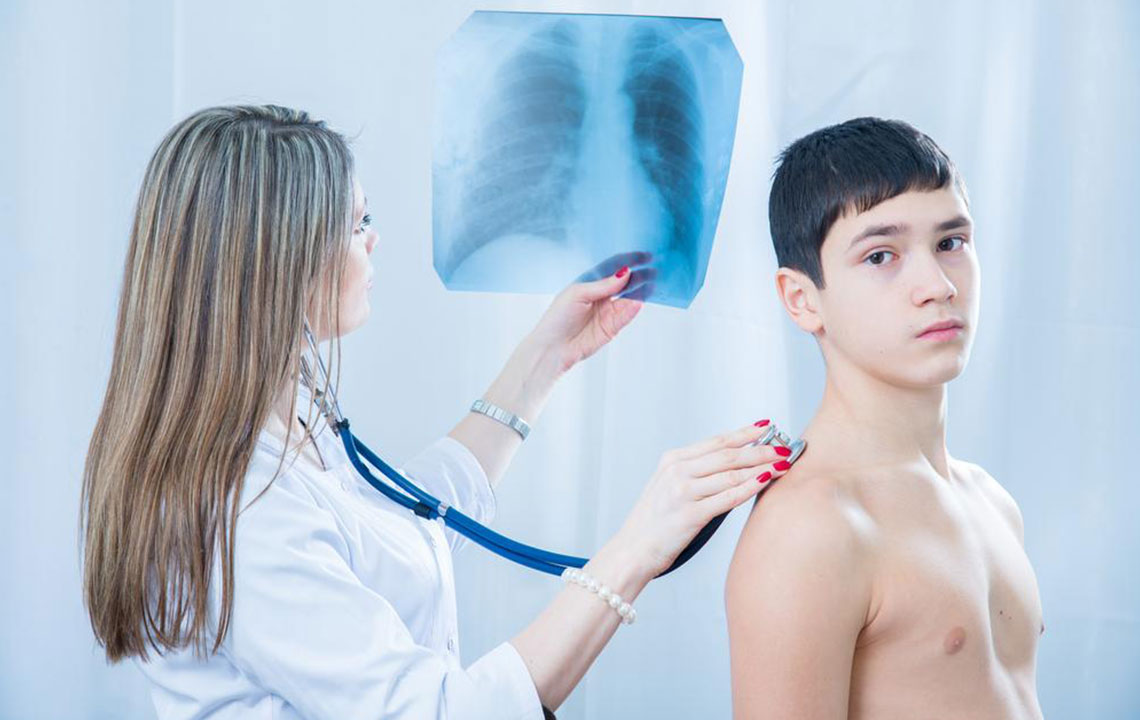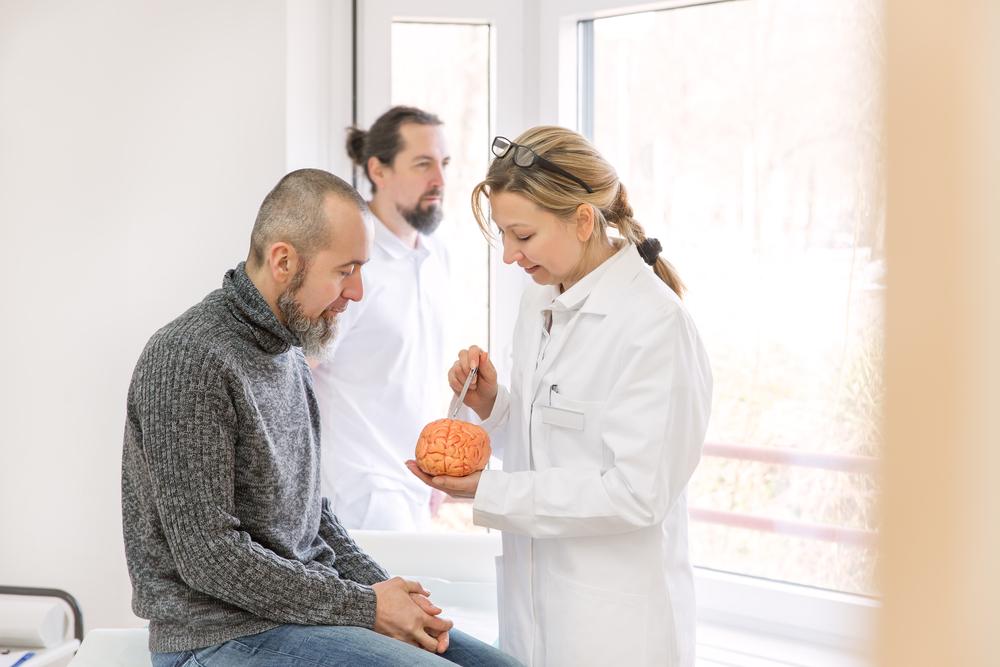Understanding Bacterial Meningitis: Essential Symptoms and Prevention Strategies
Bacterial meningitis is a severe infection that affects the protective membranes around the brain and spinal cord. Rapid recognition of symptoms, such as high fever, neck stiffness, and severe headache, is crucial for timely treatment. This comprehensive guide covers causes, transmission, symptoms, prevention, and the importance of vaccination to reduce the risks. Early diagnosis and prompt antibiotic therapy can significantly improve outcomes, preventing long-term complications like brain damage and hearing loss. Understanding these key aspects helps protect vulnerable populations, especially children, from this dangerous disease.

Understanding Bacterial Meningitis: Essential Symptoms and Prevention Strategies
Meningitis is a serious and potentially life-threatening condition characterized by inflammation of the meninges—the protective membranes surrounding your brain and spinal cord. While meningitis can be caused by various pathogens, including viruses, fungi, and bacteria, bacterial meningitis is among the most severe forms, demanding prompt recognition and treatment to prevent devastating outcomes.
Globally, meningitis impacts approximately 3-4% of the population annually, making it a significant public health concern. Bacterial meningitis, in particular, has a high mortality rate, with about 10-15% of affected individuals succumbing to the disease. Those who survive may face long-term health complications, such as hearing loss, neurological deficits, or strokes, which can profoundly impact their quality of life. Recognizing the early symptoms and understanding the key risk factors are critical steps to reduce mortality and prevent serious complications.
What Is Bacterial Meningitis?
This form of meningitis involves the rapid infection and inflammation of the membranes lining the brain and spinal cord caused by specific bacterial pathogens. The disease can develop swiftly, often progressing within hours, and if not treated immediately, it can be fatal. Although most patients recover with timely medical intervention, the risk of permanent brain damage appears high without prompt treatment.
The primary bacteria responsible for bacterial meningitis include:
Streptococcus pneumoniae (pneumococcus)
Listeria monocytogenes
Haemophilus influenzae
Neisseria meningitidis (meningococcus)
Group B Streptococcus
These pathogens can invade the cerebrospinal fluid and cause severe inflammation, leading to complications like sepsis, tissue damage, organ failure, and death. The severity of bacterial meningitis underscores the importance of early detection and swift treatment.
Causes and How It Spreads
Bacterial meningitis primarily affects children and young adults but can occur at any age. It is highly contagious and spreads through various means in crowded or close-contact environments. Transmission routes include contact with respiratory secretions, saliva, or contaminated surfaces. Common pathways include:
Direct contact with someone carrying the bacteria, even asymptomatically
Sharing drinks, utensils, or close physical contact
Transmission from mother to infant during childbirth
Exposure to contaminated food or water in some cases
Infants are particularly vulnerable, especially if exposed during delivery or through contact with infected caregivers. In some cases, the bacteria may colonize carriers without causing symptoms, yet still pose a risk for transmission to others.
Recognizing the Symptoms of Bacterial Meningitis
Early diagnosis is crucial because bacterial meningitis can resemble other illnesses, especially the flu, making recognizing initial symptoms vital for timely intervention. The symptoms may develop rapidly, sometimes within hours or days of infection. Promptly identifying these signs can save lives and prevent long-term health issues.
Typical symptoms include:
Severe and persistent headache
High fever and chills
Stiffness in the neck
Persistent nausea and vomiting
Altered mental state, confusion, or disorientation
Extreme fatigue, drowsiness, or lethargy
Sensitivity to light (photophobia)
Poor appetite and difficulty feeding in infants
Seizures or convulsions
Possible loss of consciousness or coma in advanced stages
In infants and newborns, symptoms may present differently, such as irritability, poor feeding, a soft spot bulging, or abnormal reflexes. Other signs might include skin rashes, muscle or joint pain, cold extremities, or rapid breathing, indicating severe illness.
Prevention through vaccination remains the most effective strategy. Vaccines targeting the major bacterial strains—such as pneumococcus and meningococcus—are highly effective in reducing disease incidence. Ensuring children are vaccinated according to schedule and maintaining high awareness levels among caregivers can substantially decrease the risk.
In cases where bacterial meningitis is suspected, immediate medical attention is essential. Treatment involves administering effective antibiotics as soon as possible to target the specific bacteria involved. Supportive care, such as hydration and managing complications, is also critical.
Overall, addressing bacterial meningitis requires a combination of preventive vaccination, swift recognition of symptoms, and rapid intervention with antibiotics. Public health efforts should focus on education, vaccination programs, and early detection strategies to minimize the disease's impact and save lives.





